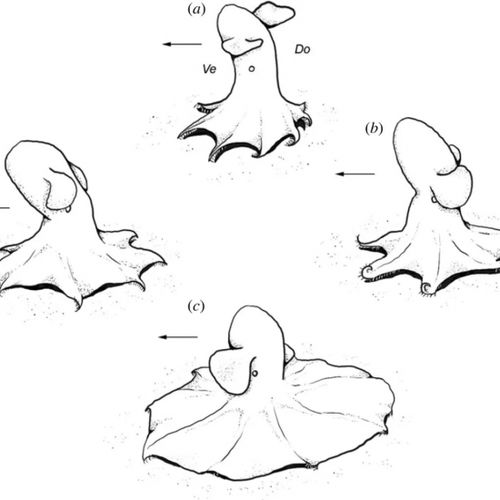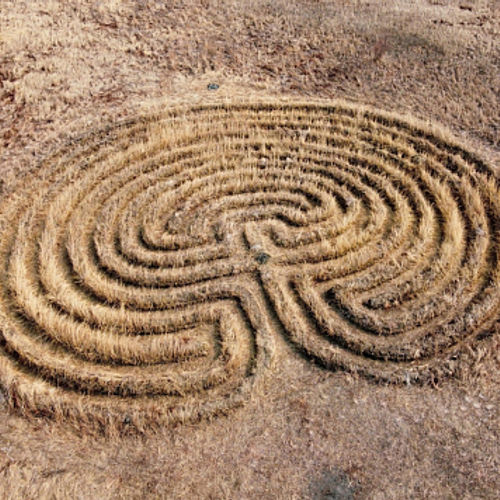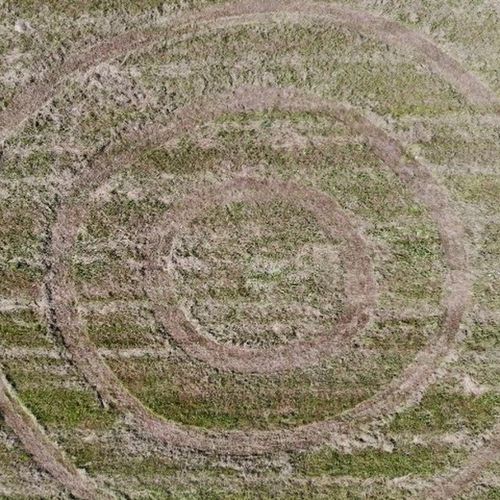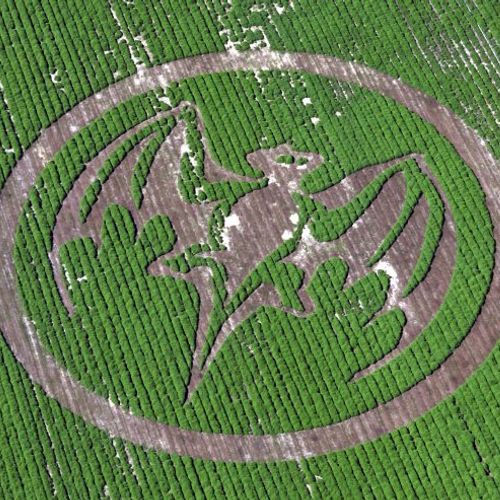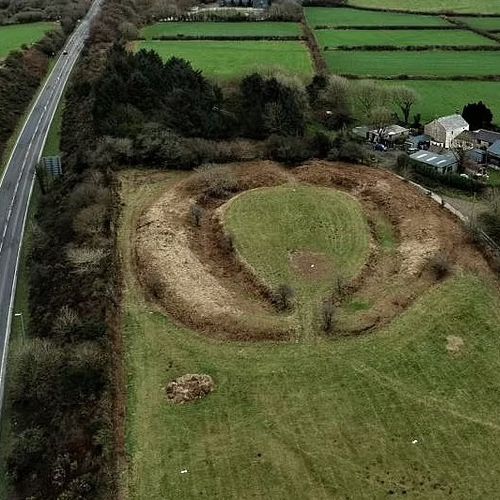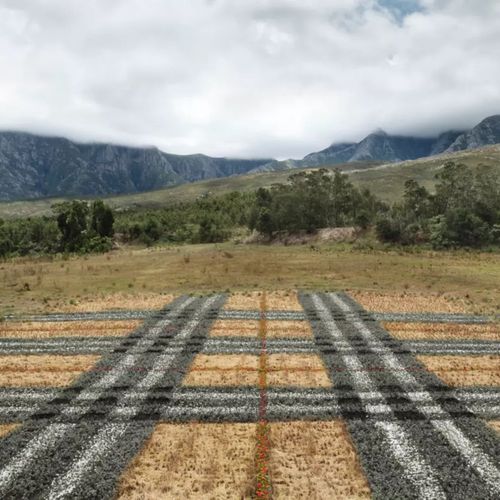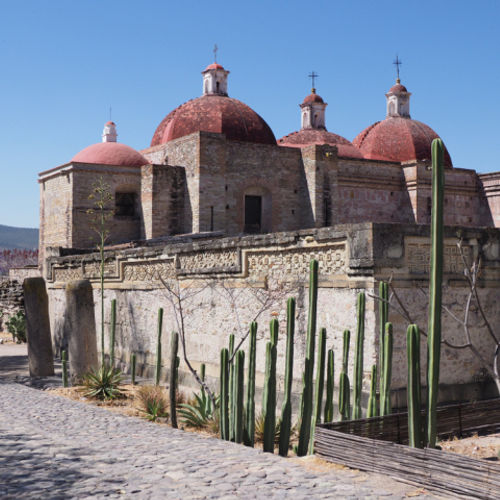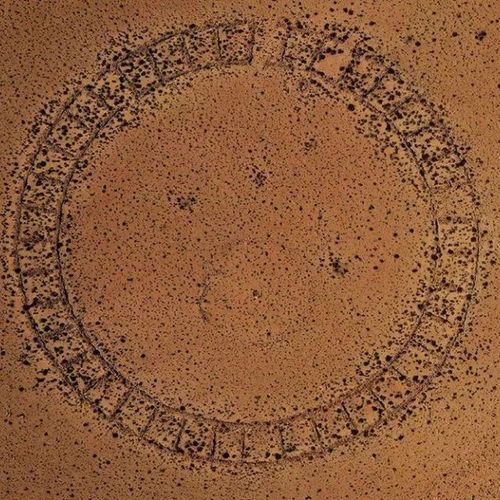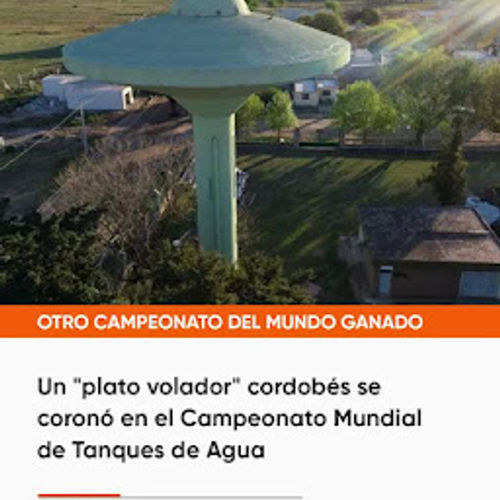
| Added | Fri, 22/01/2021 |
| Источники | |
| Дата публикации | Fri, 22/01/2021
|
| Феномены | |
| Версии |
A team of scientists led by engineer Carlos Hermida investigated the giant geoglyphs on the Nazca Plateau. According to the new hypothesis, they are a complex system of irrigation channels.
In the 1940s, geoglyphs attracted the attention of the whole world — their size is such that they can only be seen from a great height. In total, 30 drawings, 700 patterns and 13 thousand different lines were found.
The age of the geoglyphs was estimated at 2000 years, but scientists still did not know how they were created.
Hermida and his team studied the geoglyphs for 8 years using satellite images — eventually creating a mosaic of 3,750 images that cover 2,500 square kilometers in the Nazca Desert.
The researchers came to the hypothesis that the channels were created to collect water using Pre-Inca technology. A system of canals irrigated the area, controlling the flow of water. Scientists believe that this technique can be used at the present time in arid areas.
© shutterstock.com
Новости со схожими феноменами
Новости со схожими версиями
Log in or register to post comments

